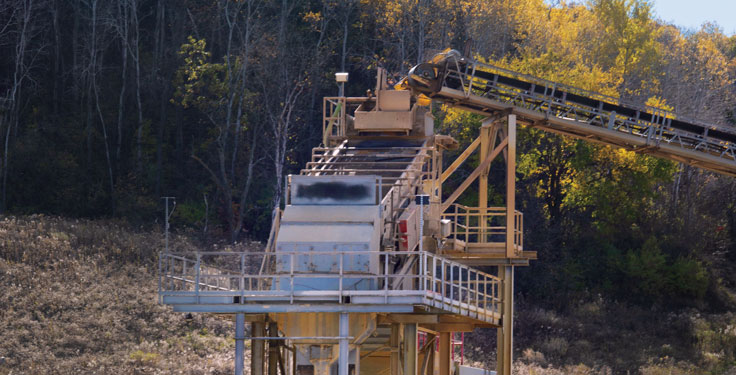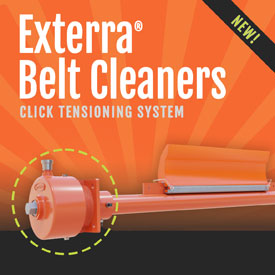Although custom projects are getting tougher to manage, dealers and their customers came to terms long ago with how equipment lead times are.
Yes, lead times are long. But dealers have been successful in encouraging customers to plan for the long term.
“When lead times first jumped out during COVID and they got extremely long, there was an adjusting period in terms of how we handle that,” Dibble says. “But, by this point, we’re pretty much used to it. Not only are we used it, but customers are used to it. Everybody is adjusting to the new world we’re in with longer lead times and things not being ready. Guys have to plan earlier in the season for the things they want to get.”
If producers are interested in acquiring an item over the coming winter or for the spring of 2024, Dibble says those plans should be conveyed to dealers today.
“If we’re talking a whole plant upgrade, we’re probably too far down the road for this winter,” he says. “But if you need a piece of equipment or to retrofit a piece of equipment into a plant, there’s still time. But that window is closing.”
While equipment lead times remain long, Rainbolt has seen improvements on the component side of the business.
“We do a fair amount of offshore sourcing ourselves,” he says. “The freight costs have come down, lead times have been reduced and, in some cases, costs of goods have been reduced. That segment of the supply chain is no longer the constraint.”
The issue now is in the hands of the manufacturers, Rainbolt adds.
“The constraint is in their ability to fabricate and assemble,” he says. “I don’t think there’s a quick fix for that. You’ve seen some expansion announcements, such as from Superior Industries in Prescott Valley, [Arizona]. That’s an example of something that must happen for this problem to be solved. I think it will take two years – minimum – for the manufacturing side to catch up with the demand and have the capacity to keep up.”












